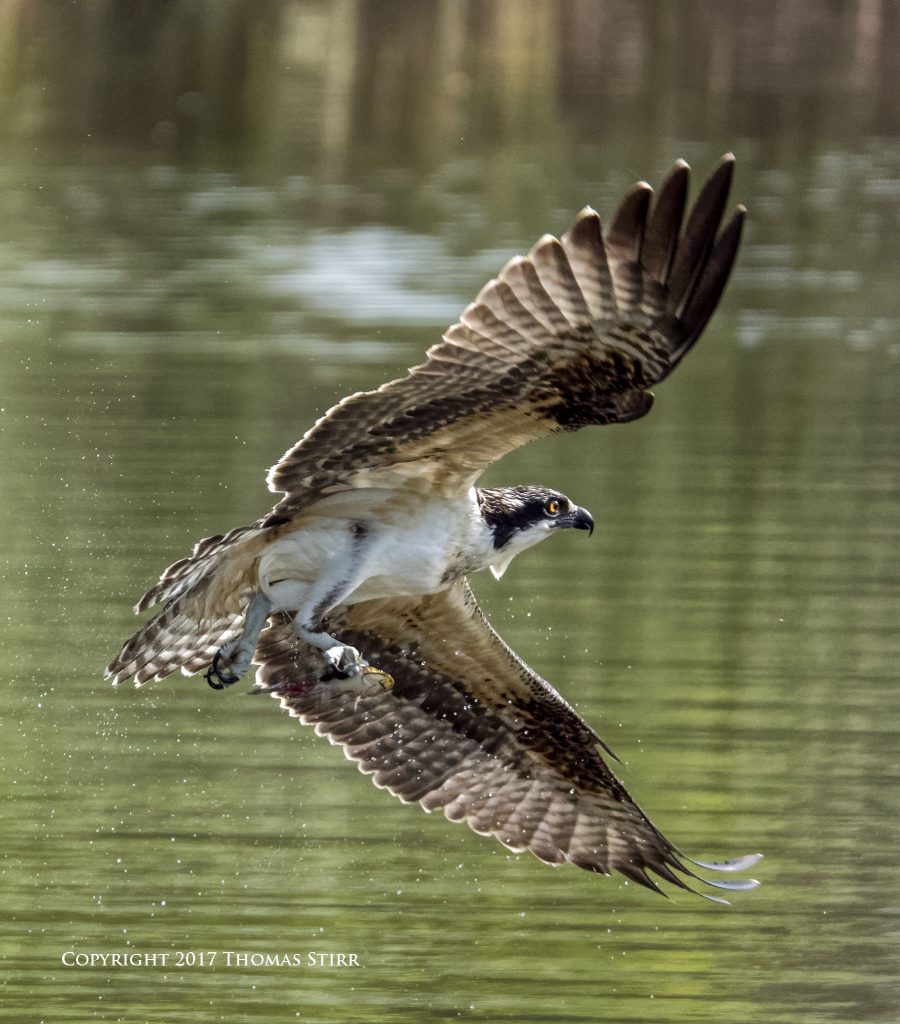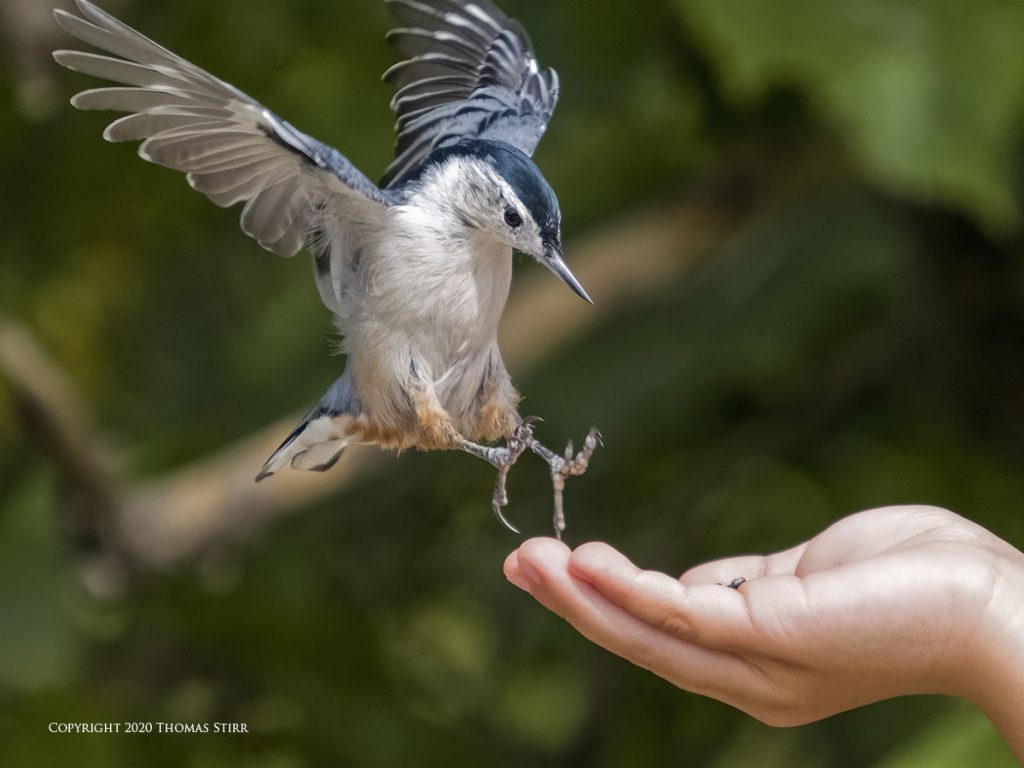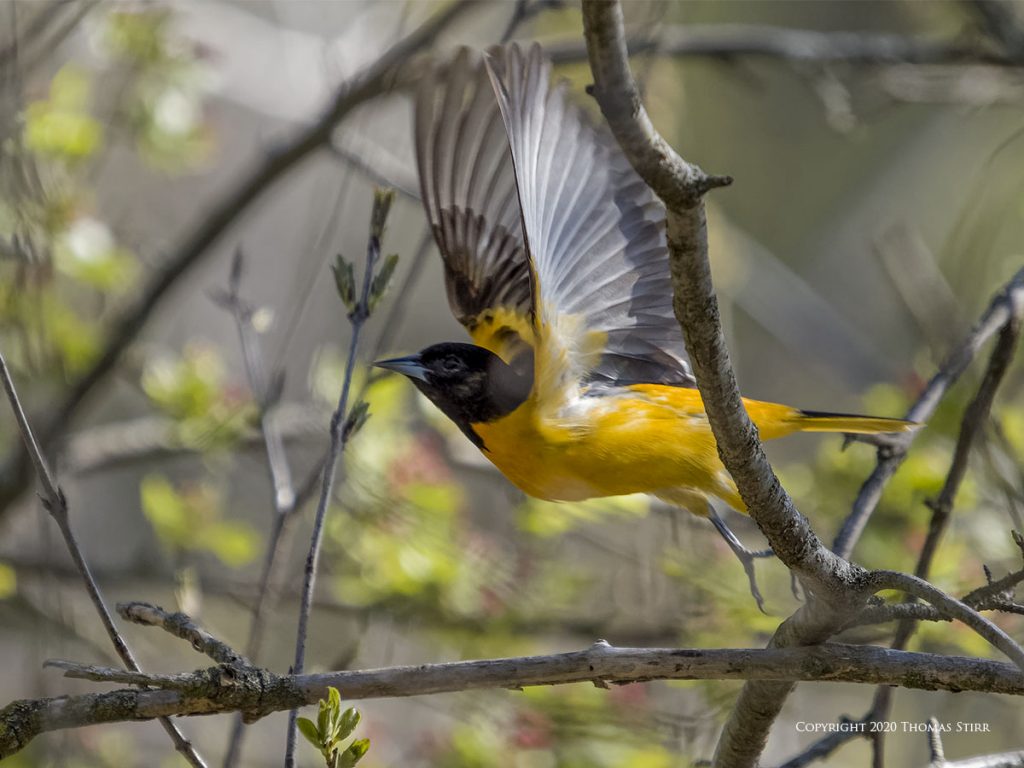This article discusses some basic auto focus considerations and was prompted by a few emails that I recently received from readers. Some of these emails had questions that were specific to the OM-1. Since I have never used this camera, and have no plans to do any kind of review on it, I’m unable to comment specifically on that model.
NOTE: Click on images to enlarge.

Obviously with more AI technology being incorporated into the newest models of camera, auto subject recognition of various types is becoming an increasingly important consideration for many photographers.

These new technologies can absolutely be very helpful, but we need to remember that success was being achieved by many photographers without it in the past. Investing one’s hard earned money in cameras with the latest technology should be carefully considered, as additional investments in new lenses may also be required. As we all know, the cost of new camera gear can add up very quickly.

Some folks are spending quite a bit of time studying reviews of auto-focus performance between different camera bodies of different sensor formats. Unless a photographer has a lot of disposable income, and is actively considering moving to a different camera system that incorporates a different size sensor, its hard for me to see the practicality of these types of reviews.

If there is no serious purchase intent, a photographer’s time is likely better spent out in the field actively using and experimenting with their current gear, rather than reading about apples to oranges comparisons. There is no such thing as a perfect camera or sensor format. The suitability of camera equipment is solely dependent on the specific needs of an individual photographer.

For example, as a former full frame camera user who has moved on from that format, assessments of the auto-focusing performance of various full frame brands and models are completely irrelevant to me. I’m never going to move back into full frame equipment so why would I waste my time reading those types of reviews? If I’m going to ask my old, porous brain to take in some new information it behooves me to make sure it is relevant and practical.

I made a mistake back in July 2015 by putting too much stock in the opinions expressed in formal, online camera reviews. Having just sold all of my full frame gear, I wasn’t 100% sure that I should only shoot with Nikon 1 gear. I had a tiny bit of hesitation. So, I read lots of reviews and decided to purchase another smaller sensor camera with a couple of f/2.8 pro zoom lenses. About ten days later I paid a small restocking charge to return all of that gear.

As could be expected, there was nothing wrong with the camera for video work. However, the auto-focus performance for wildlife, especially birds in lower light conditions, was totally unacceptable for my needs. The final straw came with a visit to Bird Kingdom where the newly acquired camera missed over half of my attempts to photograph perched birds in lower light conditions. These were very simple captures with which I would have had a 100% success rate with my Nikon 1 V2.

I have no idea what the auto-focusing performance is like now with the brand that I tried out in 2015. So, sharing this experience is only made to highlight the fact that just because something is stated in a review, or is the opinion of someone else, doesn’t mean a particular camera will meet a specific photographer’s needs in terms of auto-focusing performance.

One question I received was how I would use Bird Detection AI to photograph a bird hidden behind a myriad of twigs and branches. How many focus points would I use? What frame rate? Would I use continuous auto-focus or single auto focus?

None of those questions seemed very relevant to me. The big question in my mind was why would I choose to use Bird AI in a situation for which there was a better, and more practical option?

Just because our cameras may have certain technologies resident in them, doesn’t mean that we should try to force fit the use of that technology into situations when there is a more appropriate solution. All of our cameras have a number of auto-focusing options for a reason.

As photographers it is our responsibility to learn how our camera functions, and how to most effectively use its available auto-focusing capability. For example, some owners of older generation Olympus cameras did not use continuous auto-focus with tracking for birds-in-fight.

They discovered through their own experimentation that the tracking function was not as reliable as they required for their needs. So, they adjusted their settings to deal with the practical realities they faced. Many used a 5X5 grid with continuous auto-focus and found it worked well for them.

Obviously technology like Bird Detection AI Subject Tracking can be used to photograph birds perched in amongst branches and twigs. How we choose to utilize technology will be affected by our shooting style. For example, regular readers know that I always use a single, small auto-focusing point for my bird photography. This includes shooting with Pro Capture L or H, or when using Bird Detection AI.

When I see an image opportunity that is ideal for Bird AI use, the first thing I do is select the right Custom Mode on my E-M1X. Then I move that single auto-focus point to the approximate spot in the frame where the bird’s eye will be when I compose my image. Since I always reset my starting AF point position to centre frame, I can reposition my single AF point by touch using the joystick control. Without having to look at the rear screen of my camera… or wait until I bring the EVF up to my eye.

For example, I know that in most cases a horizontal composition of a bird looking to its left means I need to move my single AF point three spots to the right, and two spots up. I can reposition my single AF point as soon as I decide whether I will be composing a horizontal or vertical composition. With a composition like the one above, I can move my single AF point three spots up while my camera is still at mid-chest height… then bring my camera to my eye and quickly grab my shot. In some cases our ability to set up our image capture quickly can be more important than our camera’s auto focusing performance.

I suspect there are some photographers out there who expect their camera to automatically find their intended subject as soon as they point their camera at it… and automatically overcome any obstructions that may be in the frame. Hmmm… maybe their cameras can make them a sandwich for lunch, and put sunscreen on their faces as well.

Photography is not a spectator sport. If we want to get the most out of the auto-focusing capability of our cameras we need to learn how to assist the technology in our camera body by adapting our shooting technique.

Depending on the expected movement direction of our subject, we may not need to use continuous auto-focus. Single auto focus with a fast frame rate may be a better solution. Especially if a subject bird is deep inside a tree and moving horizontally.

The timing of our shutter release can be just as important as the auto-focusing mode that we choose.

We can assess a subject and decide that trying to focus on its eye likely isn’t going to work. That may lead us to select another focusing point that is on the same focal plan as the subject’s eye… and still get an in-focus capture.

Regardless of the camera body we own, and the sensor format that makes the most sense for our needs, the key to auto focusing performance is learning what our gear can do. And, how to adapt to specific shooting situations. We need to remember that our goal is to always get the shot. It’s not to force fit the use of specific technology.

Our cameras may have technologies that can be combined… for example using Pro Capture L with Bird Detection AI Subject Tracking. The result can be a 1 + 1 = 3 solution for specific types of image opportunities.

Unless I specifically try to demonstrate a camera’s continuous auto-focus capability for an article, I’ve never seen the value in capturing long, uninterrupted image runs of birds-in-flight. Most long photographic runs are full of repetitive looking images that take time to edit in post, and clog up space on a memory card. As such I think they are a waste of time.

I would much rather capture a specific moment with just a few images that I can use efficiently. At the end of the day, using whatever auto-focusing capability allows me to do that is all I really care about.

It is true that a camera’s auto-focusing capability can make a difference. This is only maximized when a photographer is actively engaged with their camera equipment, and learns how to use if effectively. To get the most out of our gear we need to proactively assist the technology resident in our camera by adjusting our shooting style accordingly.

If our intent is just to sit back and expect our cameras do everything for us, we’d probably be better off selling our cameras… and capturing our photographs with a Smartphone while sitting in a deck chair, or relaxing in a hammock.
Technical Note
Photographs were captured handheld using camera gear as noted in the EXIF data. Image 21 was created from an out-of-camera jpeg. All of the other images were produced from RAW files using my standard process in post. This is the 1,335 article published on this website since its original inception in 2015.

How you can help keep this site advertising free
My intent is to keep this photography blog advertising free. If you enjoyed this article and/or my website and would like to support my work, you can purchase an eBook, or make a donation through PayPal. Both are most appreciated.
Our eBooks…
The Finding Visual Expression eBook is designed to provide readers with some photographic inspiration and composition ideas. The Little Camera That Could details our extensive experience using the Nikon 1 system. Our eBooks also include a number of travel photography publications including Images of Ireland, New Zealand Tip-to-Tip, Desert & Mountain Memories, Images of Greece, and Nova Scotia Photography Tour. We also have a business leadership parable… Balancing Eggs.
Donations support this website…
If you click on the Donate button below you will find that there are three donation options: $7.50, $10.00 and $20.00. All are in Canadian funds. Plus, you can choose a different amount if you want. You can also increase your donation amount to help offset our costs associated with accepting your donation through PayPal. An ongoing, monthly contribution to support our work can also be done through the PayPal Donate button below.
You can make your donation through your PayPal account, or by using a number of credit card options.
Word of mouth is the best form of endorsement. If you like our website please let your friends and associates know about our work. Linking to this site or to specific articles is allowed with proper acknowledgement. Reproducing articles, or any of the images contained in them, on another website or in any social media posting is a Copyright infringement.
Article is Copyright 2023 Thomas Stirr. Images are Copyright 2016-2023 Thomas Stirr. All rights reserved. No use, duplication or adaptation of any kind is allowed without written consent. If you see this article reproduced anywhere else it is an unauthorized and illegal use. Posting comments on offending websites and calling out individuals who steal intellectual property is always appreciated!



What a great and insightful article. I have fallen for this trap where you keep reading all the time trying to take your doubts away. Which eventually makes you doubt your own gear even more, while spending time outside is much more valuable.
Expecting the most out of your auto focus is knowing what to expect from you auto focus. Its a learning process I have been going through and am still going through. I am happy I realised at some point I am the one making photos and that my camera isn’t a magic tool that does everything. I think it makes using your gear more fun as well.
I have two questions. You often mention the use of single point AF. My assumption is this is in C-AF or do you also use S-AF for perched birds?
And secondly I see you mention the subject distance in your photos. Does your camera give you this information?
Thanks for a great read. This site is a gem.
Hi Tim,
I use a single AF point for all of my photography, whether I’m shooting in C-AF or S-AF. This is something that I’ve done for many years with a variety of camera gear.
Yes, my E-M1X estimates the subject distance. When I process my files in DxO PhotoLab and export a DNG file into PhotoShop the information is revealed. I store all of my photo/video files in Windows Explorer which makes accessing this information on finished files very quick and easy to do.
Tom
Hi, Thomas.
Your article makes me realize I need to improve my bird photography skills. Your article reflects your ability to point, hold steady, and follow birds with an accuracy that puts you in the company of the most elite of wildlife photographers. So I understand why you have no need for bird AF. For you, single point AF is superior to bird AF. But I hope you appreciate that a lot of us currently have a much higher keeper rate with bird AF. Perhaps you can recommend some exercises that can help me and others learn to use point AF better. That would make a great article.
Hi Jack,
I use Bird Recognition AI subject tracking AF for all of my bird-in-flight photography. I use a single AF point in conjunction with Bird AI. I also combine Bird AI with Pro Capture L for all my bird-in-flight photos. I also use Bird AI with a single AF point for my perched bird photography. The only time I don’t use Bird AI is when I’m photographing birds taking flight. For that I use Pro Capture H at 60 fps with a single AF point. I hope this clarifies things.
Tom
Hi Thomas
Quite a wide range of wisdom, much appreciated.
I will try some of the suggestions in the next few days or so.
Many thanks for sharing.
Thanks Ian… I’m glad that the article may be of some benefit.
Tom